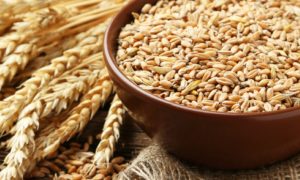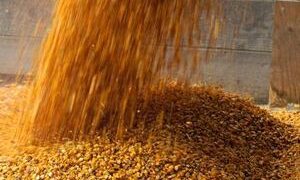Unprecedented heat and drought threaten world’s wheat supply: Study

The likelihood of extreme temperatures that could affect crop yields has increased significantly in wheat-producing regions of the US and China, finds a study.
The findings, published in journals npj Climate and Atmospheric Science, predict heat waves that happened approximately once every hundred years in 1981 are now likely to happen once every six years in the Midwestern US and once every 16 years in Northeastern China.
Both the US and China are considered global breadbaskets — areas that produce significant amounts of the world’s grains. If these crops were to fail simultaneously, or at the same time as other staple crops, it could have serious impacts on the price and availability of food around the world.
The study shows the range of conditions that people need to prepare for, even if they haven’t occurred yet.
“The historical record is no longer a good representation of what we can expect for the future,” said lead author Erin Coughlan de Perez, Associate Professor at the Friedman School of Nutrition Science and Policy at Tufts University.
“We live in a changed climate and people are underestimating current-day possibilities for extreme events,” Coughlan de Perez said.
According to the most recent report from the Intergovernmental Panel on Climate Change, the average global surface temperature in the last decade was 1.1 degrees Celsius higher than it was between 1850 and 1900.
For the study, Coughlan de Perez and her team collected a large group of seasonal forecasts from the past 40 years.
They used this ensemble to generate thousands of possible variations in temperature and rainfall.
Winter wheat crops start their growth in the fall and are harvested the following summer. High temperatures in spring, when the plant is flowering, can affect the wheat’s development.
At temperatures over 27.8 degrees Celsius, the plants start to suffer from heat stress. At temperatures over 32.8 degrees Celsius, important enzymes in the wheat start to break down.
Record-breaking heat also tends to be associated with record-breaking drought, Coughlan de Perez said.
The combination of these two hazards could severely impact the growing season.
The researchers also identified regional and global atmospheric circulation patterns that could lead to severely hot and dry events.
Their results can help inform climate adaptation plans in these regions and ensure that stakeholders can prepare for the unprecedented events to come.
Source Link: https://www.daijiworld.com/news/newsDisplay?newsID=1085984














